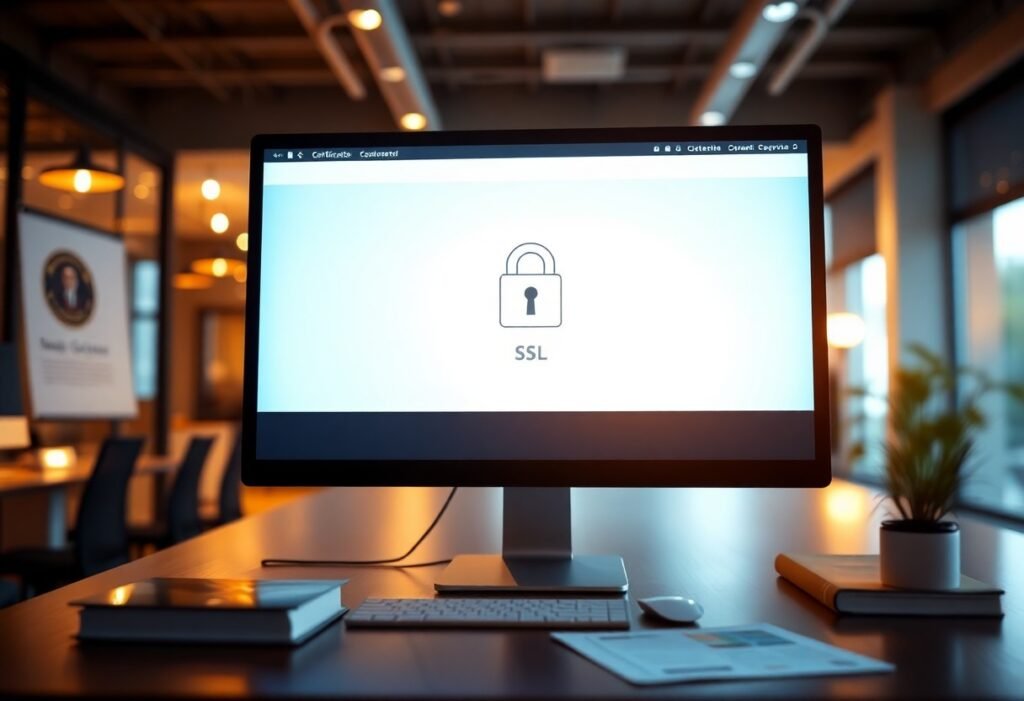
Hosting your website securely is crucial for establishing trust with your visitors. One of the most effective ways to do this is by using SSL (Secure Socket Layer) certificates offered by SSL hosting providers. These certificates encrypt the data exchanged between your website and its users, safeguarding sensitive information such as personal details and payment information. Here’s a comprehensive guide on how to secure your website with SSL hosting providers.
First, choose a reputable SSL hosting provider. Research various hosting companies to find one that offers SSL certificates as part of their service packages. Look for providers with a track record of reliability and strong customer support. Popular options include Bluehost, SiteGround, and HostGator, which not only provide web hosting but also include SSL certificates to enhance your website’s security.
Once you’ve selected a provider, the next step is to purchase an SSL certificate. Many hosting companies offer free SSL certificates, especially through Let’s Encrypt. If your needs are more specific, such as needing a wildcard certificate to secure multiple subdomains, you may opt for a paid option. During the purchase process, you’ll need to select the type of certificate that best suits your website. Common types include Domain Validation (DV), Organization Validation (OV), and Extended Validation (EV). Each type varies in the level of verification and trust it offers.
After purchasing your SSL certificate, you will need to generate a Certificate Signing Request (CSR). This is typically done through your hosting provider’s control panel. A CSR contains important information about your website, such as your domain name, organization details, and a public key. Following the generation, paste the CSR into the SSL provider’s interface, and submit it for validation.
Upon validating your CSR, the SSL certificate will be issued. The next step is to install the SSL certificate on your website. Your hosting control panel should provide a straightforward process for installation. In most cases, you can navigate to the SSL/TLS section of your dashboard to upload and activate your certificate. Make sure to check for any errors in the installation process to ensure that your website operates smoothly.
Once installed, it’s important to update your website URLs from HTTP to HTTPS. This step is necessary to enable secure connections and maintain the integrity of the SSL certificate. You can achieve this by updating your website’s settings and .htaccess file or using plugins if you’re using content management systems like WordPress. Additionally, consider setting up 301 redirects from HTTP to HTTPS to guide visitors seamlessly to the secured version of your site.
Finally, regularly check your SSL certificate’s status and renewal dates. SSL certificates usually have expiration dates, and failing to renew them can result in a lapse in security. Setting up automatic renewals or calendar reminders can help ensure that your website remains protected.
By following these simple steps, you can effectively secure your website with SSL hosting providers, which not only protects your data but also enhances your website’s credibility among users.